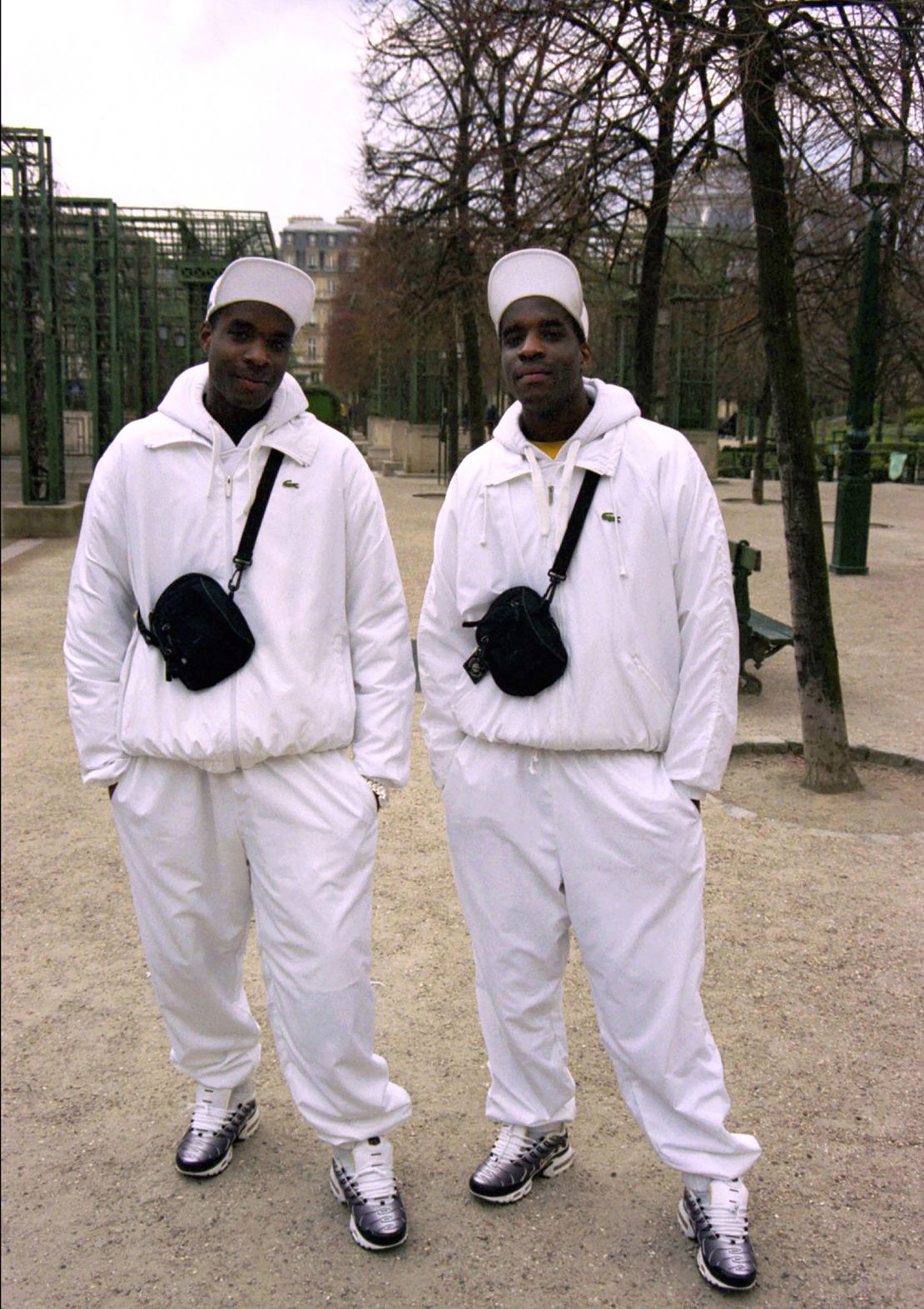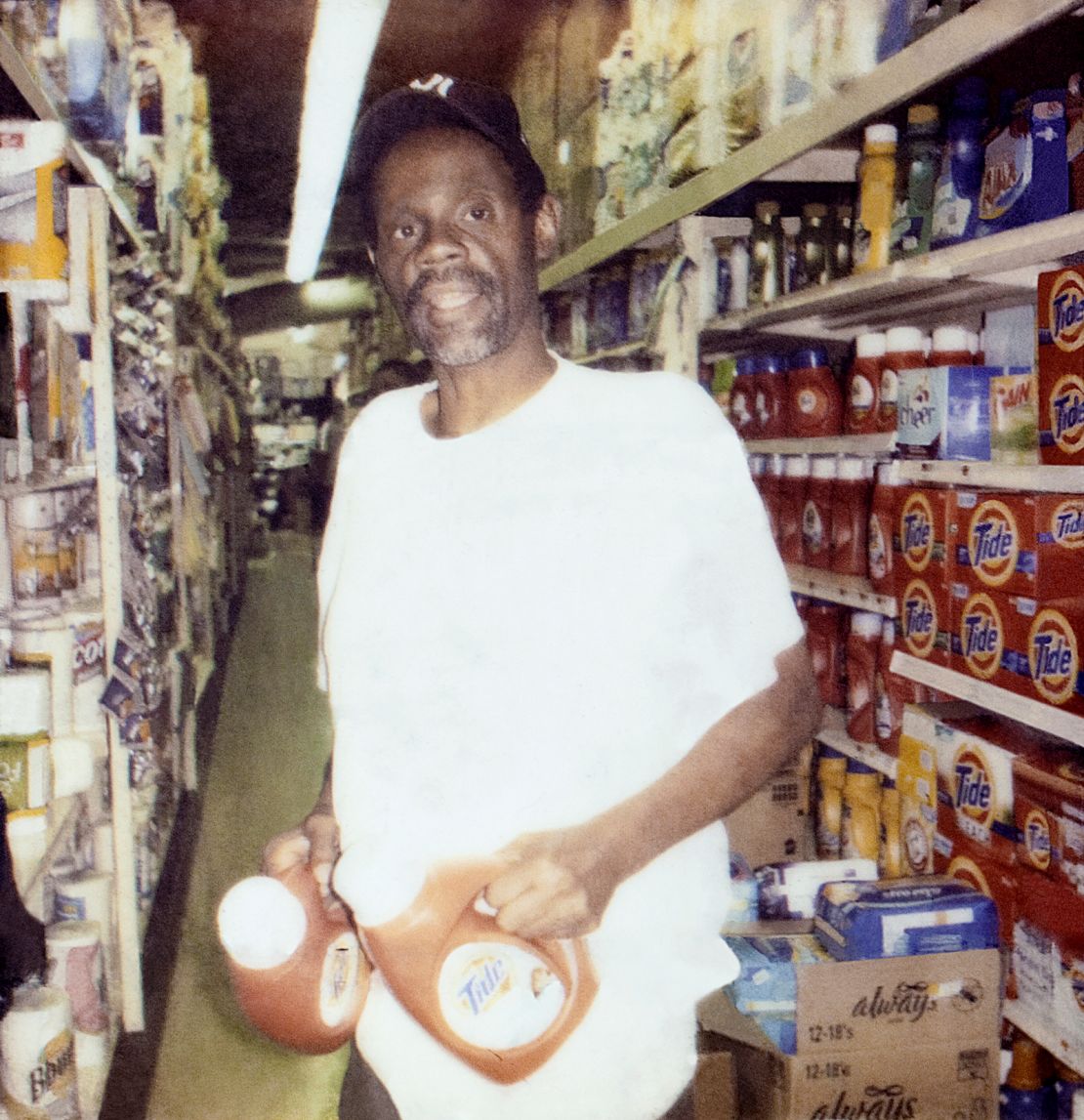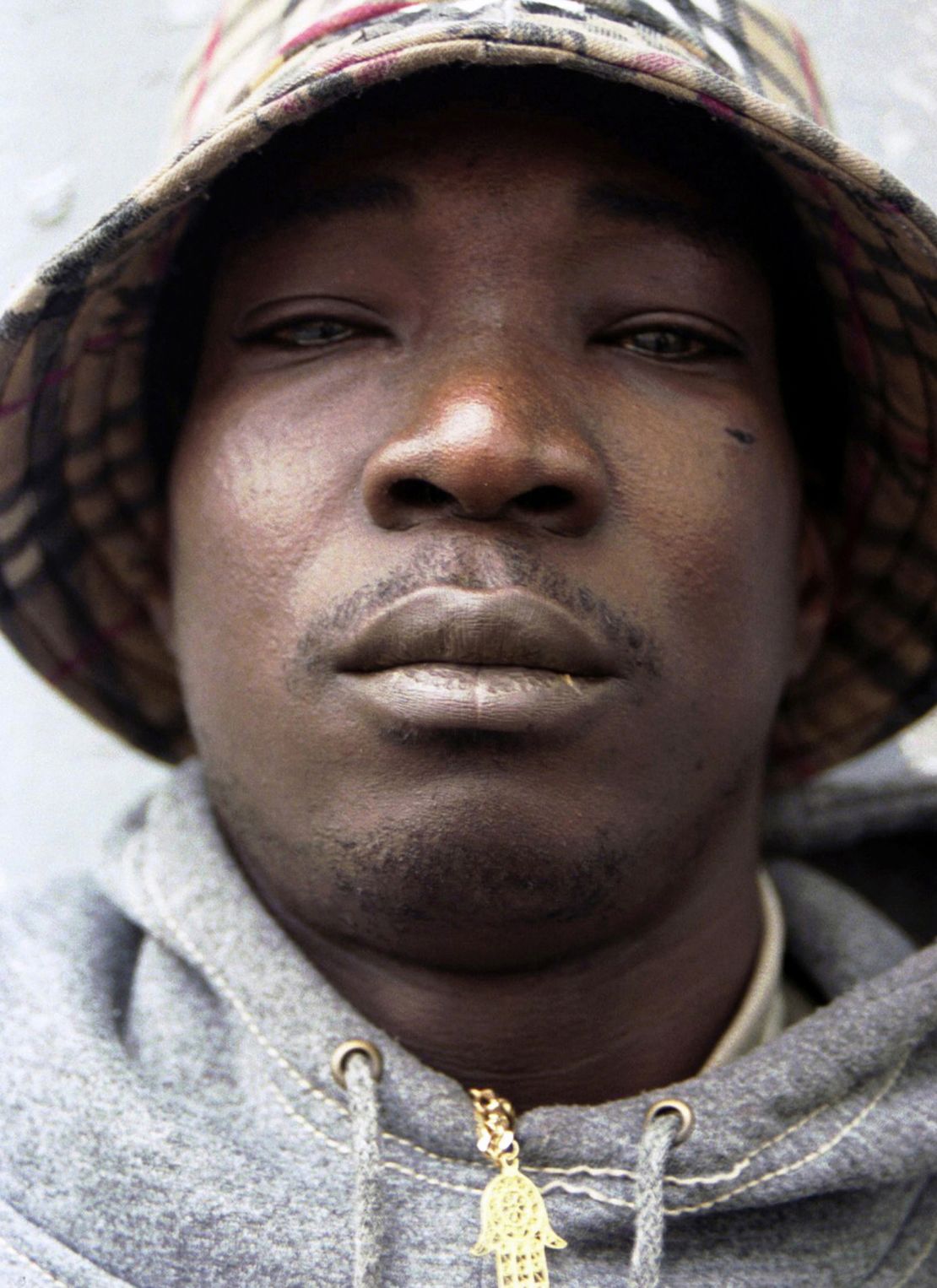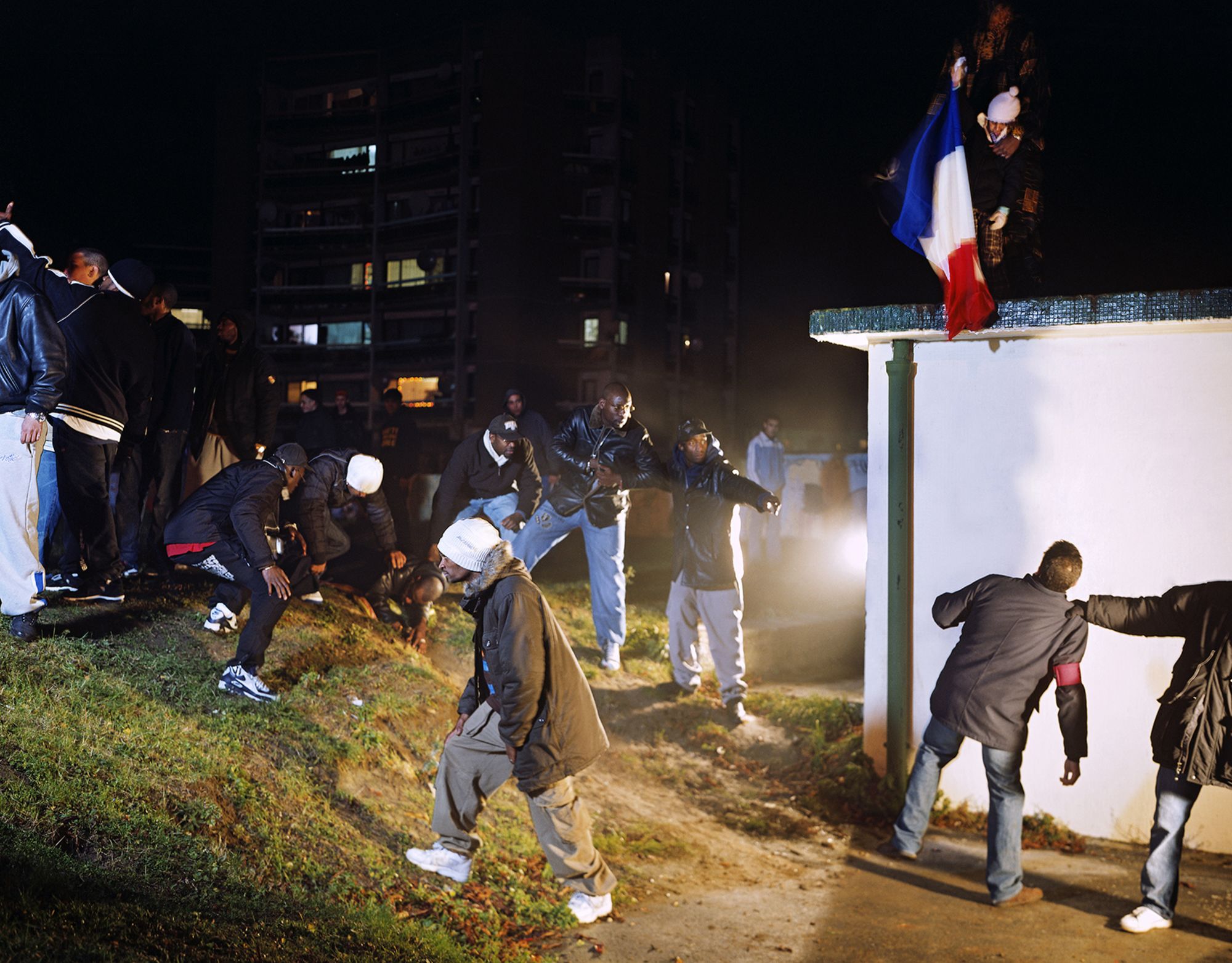The French-Algerian photographer Mohamed Bourouissa has won the £30,000 ($38,673) Deutsche Börse Photography Foundation Prize. Since 1996, the prize has been annually awarded to a living artist of any nationality making a “significant contribution” to the medium in Europe, according to the foundation’s website.
Bourouissa’s winning entry,”Free Trade,” was exhibited at last summer’s Rencontres d’Arles photography festival in the South of France – on the first floor of a Monoprix supermarket. The survey show featured several projects by the multidisciplinary artist, whose work is about socioeconomic tensions and materialism in contemporary culture.
“It was very interesting to present my work in the supermarket,” Bourouissa said over the phone. “The economic aspect is very important.”

The setting of “Free Trade” provided a direct link to one of Bourouissa’s series, “Shoplifters” (2014–2015) which features found images from a Brooklyn grocery store depicting people who have been caught stealing items.
Bourouissa’s work looks at how people participate in capitalism, and who is left on the margins. “I’m very interested in the mechanisms of power,” he explained. In his augmented reality project, “La Reserve” (2019), which brings an “army of the unemployed” into the gallery space, viewers could come face to face with white silhouettes of people who were jobless. “You start to be more invisible in a society when you don’t work,” he said.

Born in 1978, in Blida, Algeria, Bourouissa came to France with his mother when he was five years old, and grew up in Courbevoie, a banlieue (suburb) of Paris. The poorer banlieues, where many immigrants live, are often depicted as dangerous by French news outlets. These locations regularly feature in Bourouissa’s work.
In “Nous Somes ‘Halles’” (2003–2005), a collaboration with French-Algerian artist Anoush Kashoot, the pair take portraits of banlieue youth inspired by retro New York streetwear photographs.
“Subtlety and softness are not the qualities most often associated with young people from the banlieues,” wrote French visual-culture academic Cécile Bishop in the prize’s exhibition catalogue. “The media regularly depict them as sociopathic benefit scroungers, trafficking drugs, listening to loud rap music, and occasionally burning cars. ‘Nous sommes ‘Halles” seems like a riposte to these journalistic clichés.”

Bourouissa’s follow-up series, “Périphérique” (2005–2008) also set in the banlieues, echoes the complex historical paintings of masters like French Romantic artist Eugene Delacroix.
“When I made ‘Périphérique,’ I had this idea to integrate all the people in the suburbs into the history of art,” Bourouissa said.
The images look like quickly taken snapshots, but they are in fact highly staged scenes that play on the stereotypes upheld by the media.
“With these artificial renditions of daily life, Bourouissa declines to put forward an authentic vision of the banlieues,” Bishop wrote. “Instead, he appropriates the clichés projected onto his subject by outsiders and turns them into aesthetic objects – objects that can be exchanged, sold and valued” within the art world.
Bourouissa’s work can be viewed until September 20 in an exhibition by The Photographer’s Gallery in London, alongside the three shortlisted photographers Anton Kusters, Mark Neville and Clare Strand.
